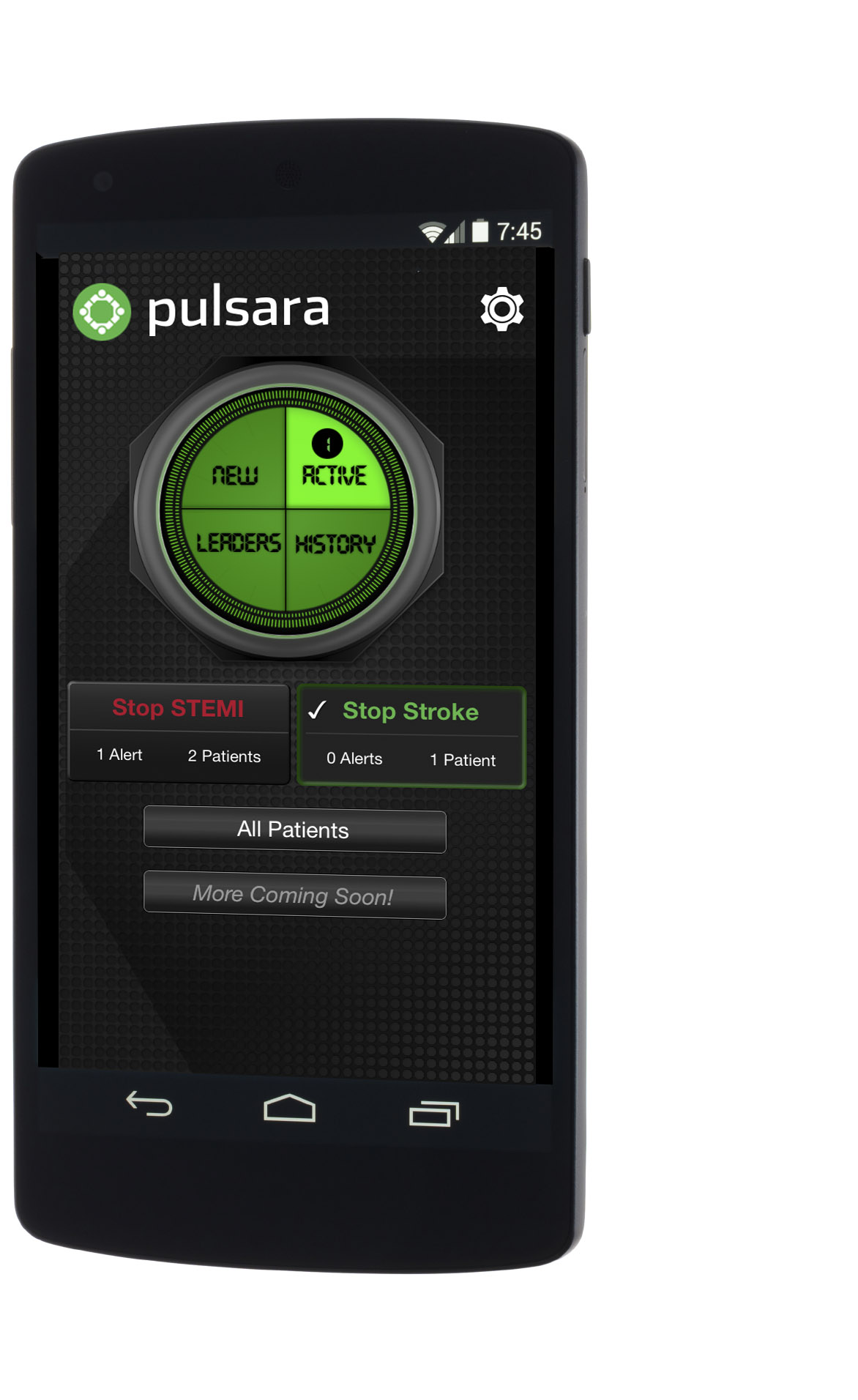Pulsara Around the World - 2025 Recap and January 2026
December Recap After an incredibly busy events year with 102 conferences, trade shows, and sponsorships, December was on the slower side for us, with...
1 min read
 James Woodson, MD
:
Mar 03, 2015
James Woodson, MD
:
Mar 03, 2015

We all know that “time is tissue” for our stroke patients. We now have four studies (Mr Clean, Escape, Extend-1A, and Swift-Prime) showing the tremendous benefits of endovascular therapy for patients with large vessel occlusion (LVO).
The challenge: How do we identify patients with LVO in the prehospital setting? How do we know when to activate our interventional teams? Making these decisions earlier can save millions of neurons and mean the difference between life and death or a functional outcome.

We are all trying to identify a reproducible prehospital stroke score that will help us identify these patients earlier but sometimes it would be great to actually see the patient. Many regions are spending tons of money and resources trying to establish live video conferencing (telemedicine) with the medics and this industry is now booming. However, FaceTime communication is FREE and fully HIPAA-compliant when using the proper encryption security.
By reducing the time to treatment in critical care cases such as stroke and STEMI, mobile technology continues to prove its worth in the healthcare field. Regional systems of stroke care will be evolving to better identify LVO acute ischemic stroke patients and delivering them to centers that provide standard of care endovascular therapy. That is why Dr. Brijesh Mehta and physicians at Memorial Regional Hospital have teamed up with paramedics at Miramar Fire Rescue to test a new program aimed at identifying these patients earlier and shaving critical time off of the treatment process. They are delivering the highest quality of care at the lowest possible cost, using FaceTime as a means of telestroke. Read the full news story here.
Your challenge: What is your plan for identifying LVO patients in the prehospital setting and activating the proper teams at the hospital? Are you adequately leveraging mobile technology to provide the best possible care at the lowest cost? Once the patient arrives at the hospital, do you have a unified communication and care coordination protocol? How do you provide ongoing feedback to EMS and continue to work together at identifying LVO in the prehospital setting?
Let us show you how Pulsara leverages mobile technology to build a light communication network that can unite regional systems of care and put best practice communication protocols in the palm of every clinician's hand. After all, time is tissue and every second counts.

December Recap After an incredibly busy events year with 102 conferences, trade shows, and sponsorships, December was on the slower side for us, with...

Editor's Note: In July 2025, EMS1 and Fitch & Associates released their annual EMS trend survey, What Paramedics Want, proudly sponsored by Pulsara....
![[PRESS RELEASE] Published Research Finds Up to 31% Faster STEMI Treatment Times in Rural Hospital Setting with Pulsara](https://www.pulsara.com/hubfs/_1_website-page-blog-assets/pulsara-hosp-teams-assign-cardio-stemi-rn-1200x701.jpg)
Published research shows how using Pulsara, alongside standardized field activation and a focus on stakeholder relationships, improves STEMI care and...